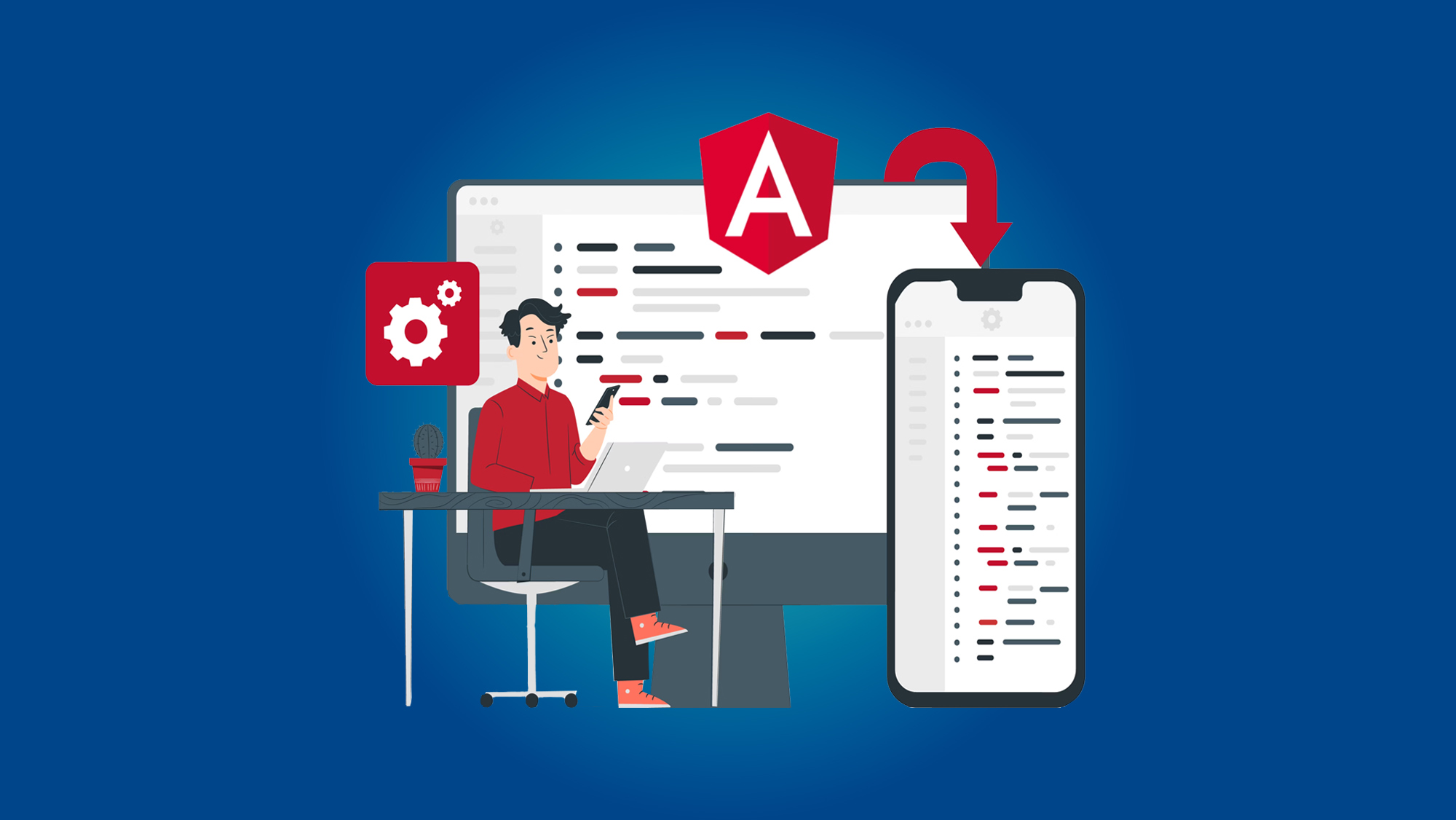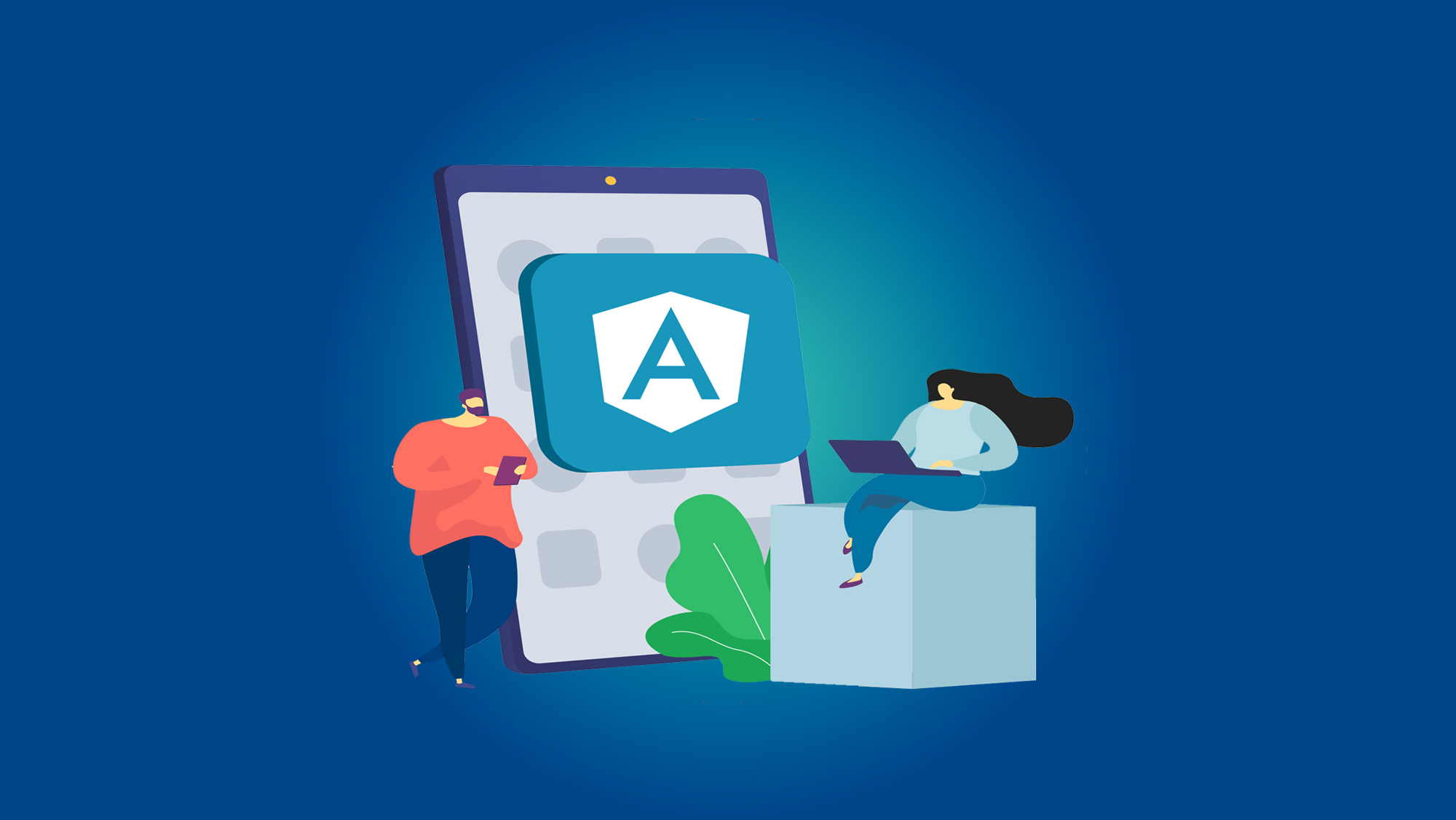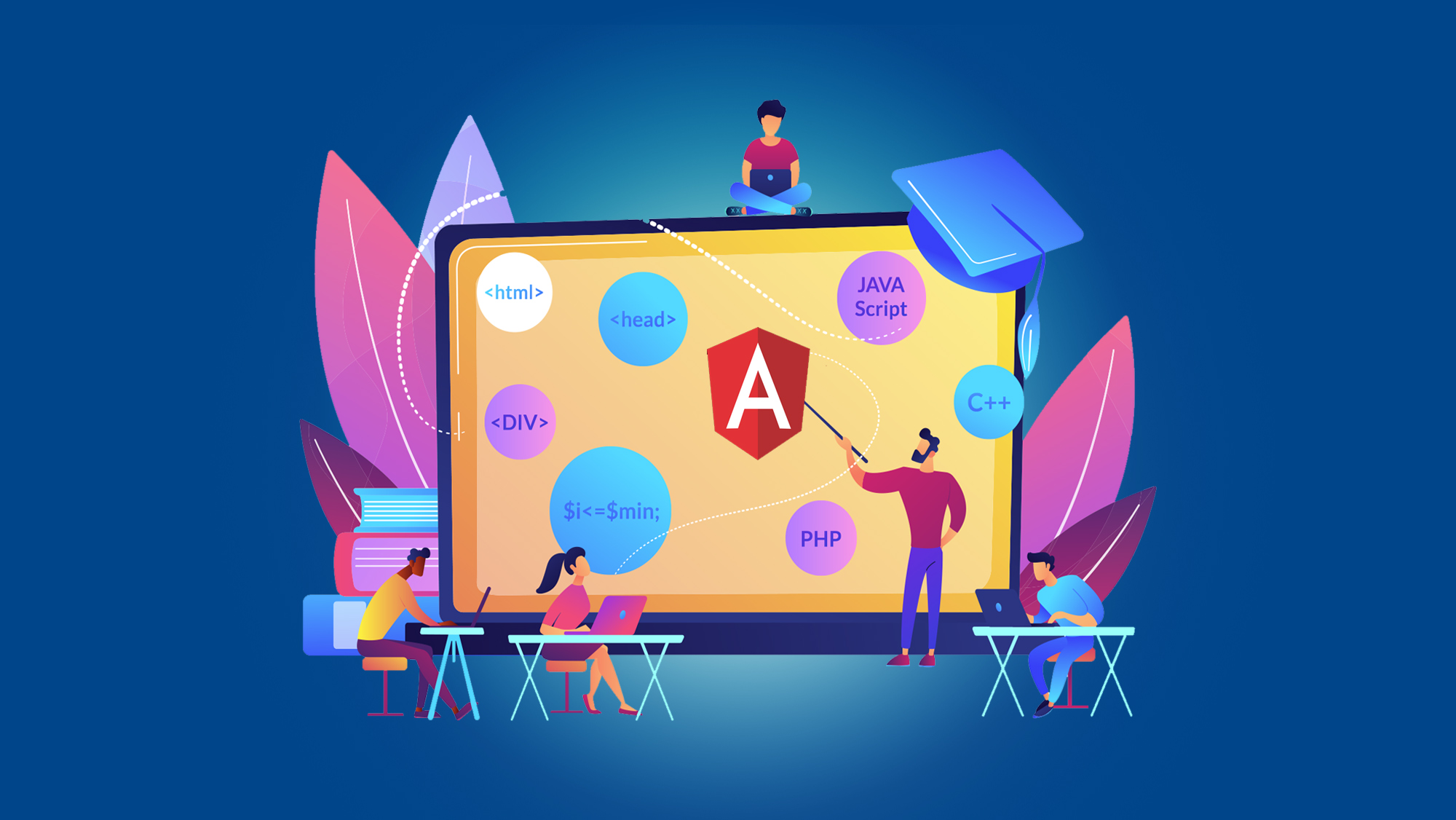Mastering Angular 4: A Comprehensive Guide for Web Developers
Introduction:
Angular 4, the fourth version of the popular JavaScript framework developed by Google, has revolutionized web development by enabling the creation of dynamic, robust, and responsive web applications. With its enhanced features and improved performance, Angular 4 offers a powerful platform for web developers to build cutting-edge applications. In this comprehensive guide, we'll delve into the key concepts, techniques, and best practices to help you master Angular 4 and become a proficient web developer.
Understanding Angular 4: Foundations and Advancements
Before we dive into the advanced techniques, let's establish a solid foundation by understanding the core concepts of Angular 4:
- Components and Modules: Angular 4 is built around components, which are self-contained, reusable building blocks of an application. Modules organize components and provide a way to manage dependencies.
- Templates and Data Binding: Templates allow you to define the structure of your application's user interface. Data binding enables seamless synchronization between the component and the DOM.
- Directives: Directives are instructions in the DOM that Angular uses to modify behavior or appearance. Angular 4 introduces several built-in directives and allows you to create custom ones.
- Services and Dependency Injection: Services are singleton objects that provide functionality to components across the application. Dependency injection ensures components have access to the required services.
- Routing: Angular's routing module allows you to create single-page applications with multiple views. Users can navigate between views without the need for a full page reload.
Essential Techniques for Mastering Angular 4:
- Learn TypeScript Fundamentals: Since Angular 4 is built with TypeScript, understanding TypeScript is crucial. Learn TypeScript's features, strong typing, classes, interfaces, and ES6 concepts to write efficient and maintainable Angular code.
- Follow the Component-Based Architecture: Adopt a component-based architecture for your Angular 4 applications. Break down your user interface into small, reusable components to enhance maintainability and scalability.
- Explore Reactive Forms: Reactive forms provide a powerful way to manage and validate forms in Angular applications. Master the FormBuilder service, form controls, and validators to create robust user input forms.
- Utilize Angular CLI: Angular CLI (Command Line Interface) streamlines the development process. Learn how to generate components, services, modules, and perform various tasks using CLI commands.
- Optimize Performance: Understand change detection strategies and techniques to optimize the performance of your Angular 4 application. Implement OnPush change detection and minimize unnecessary re-renders.
- Leverage Observables and RxJS: Angular's use of RxJS and Observables enables asynchronous programming. Master the concept of Observables, operators, and async pipes for handling asynchronous data streams.
- Effective Routing and Navigation: Explore Angular's router module to implement navigation and routing in your single-page application. Learn about route configuration, route guards, lazy loading, and parameterized routes.
- Dependency Injection and Services: Gain a deep understanding of dependency injection and services. Create and inject services to manage application logic, data retrieval, and inter-component communication.
- Testing and Debugging: Learn testing practices and tools like Jasmine and Karma for unit and integration testing. Utilize Angular's debugging tools to identify and fix issues efficiently.
- Internationalization and Localization: Angular 4 provides features for internationalization (i18n) and localization (l10n). Understand how to make your application accessible to a global audience by translating and adapting content.
- State Management: Explore state management patterns like NgRx to manage complex application states effectively. NgRx provides tools for implementing Redux-like architecture in Angular.
- Security Best Practices: Learn security best practices to protect your Angular 4 application from common vulnerabilities, including cross-site scripting (XSS) and cross-site request forgery (CSRF) attacks.
- Continuous Learning and Community Involvement: Stay updated with the latest developments in Angular by following the official documentation, blogs, forums, and attending Angular conferences. Engaging with the Angular community can provide valuable insights and solutions.
Conclusion:
Mastering Angular 4 opens up a world of possibilities for web developers to create dynamic, efficient, and user-friendly web applications. By understanding the foundational concepts, following best practices, and exploring advanced techniques, you'll be well on your way to becoming a proficient Angular 4 developer. This comprehensive guide has provided you with a roadmap to navigate the intricacies of Angular 4, but remember that continuous learning, hands-on practice, and a problem-solving mindset are the keys to mastering this powerful framework. Embrace the challenges, tap into the vast resources available, and embark on a rewarding journey towards becoming a skilled Angular 4 developer.
You May Also Like
These Related Stories

Mastering Angular 5: Unlocking the Power of Modern Web Applications

Journey to Success: Enhance your Web Development Skills with Angular 5



No Comments Yet
Let us know what you think